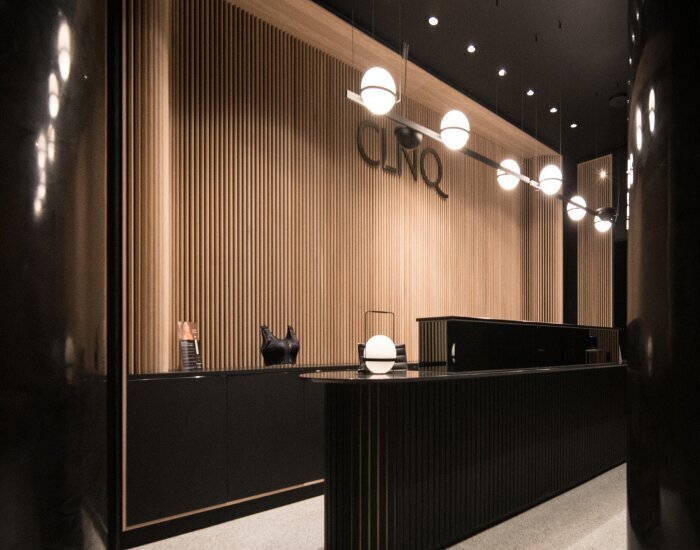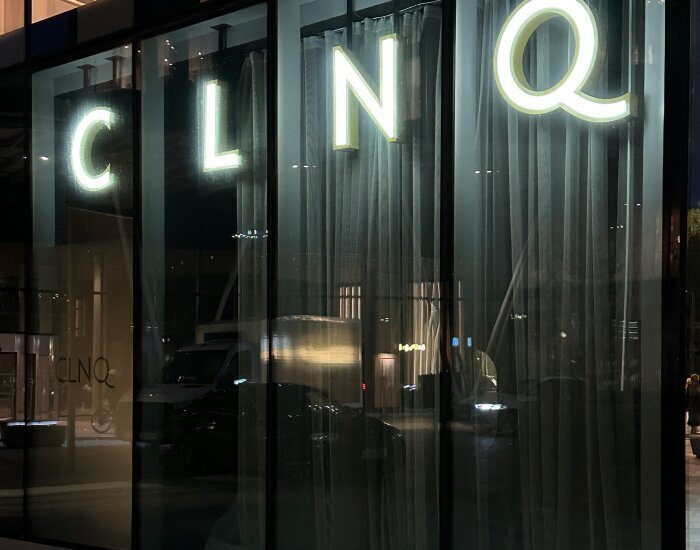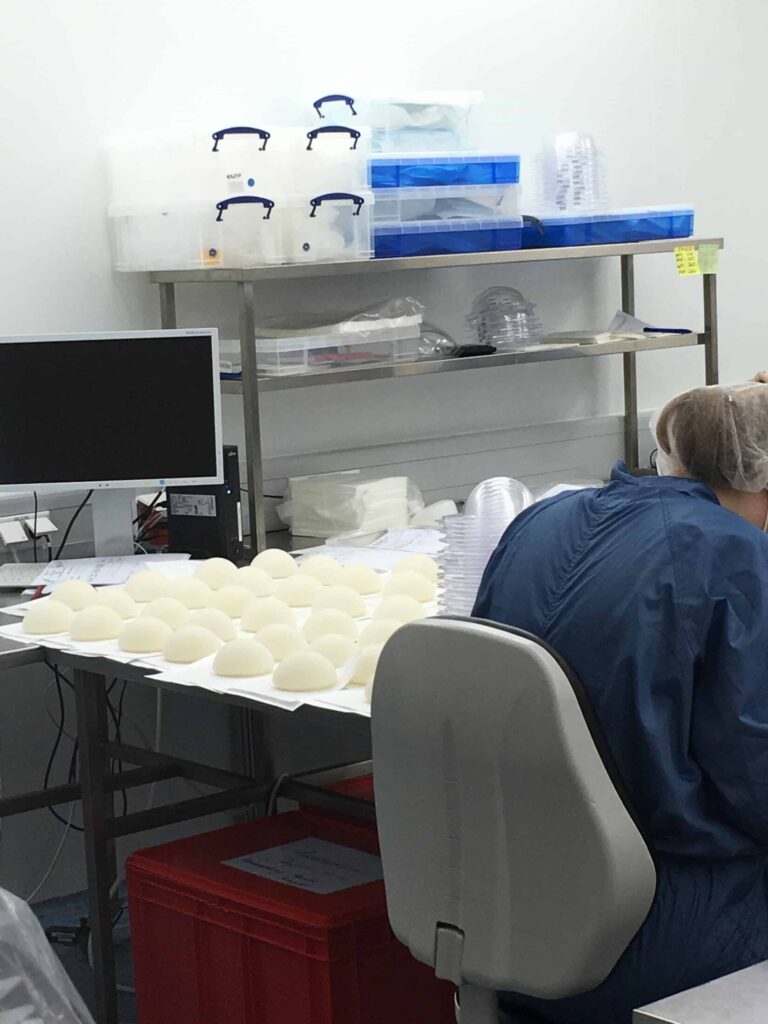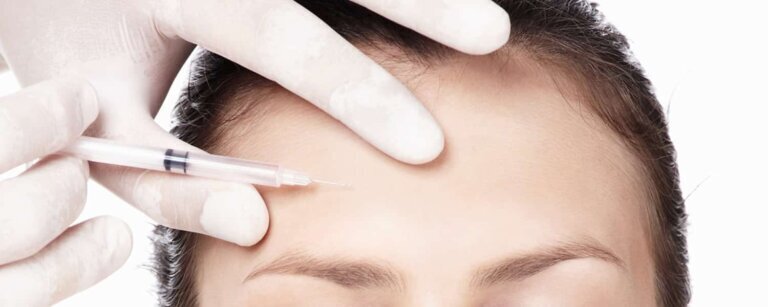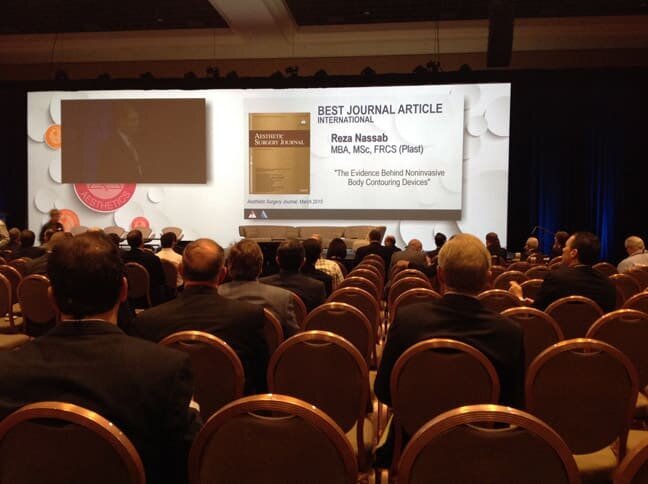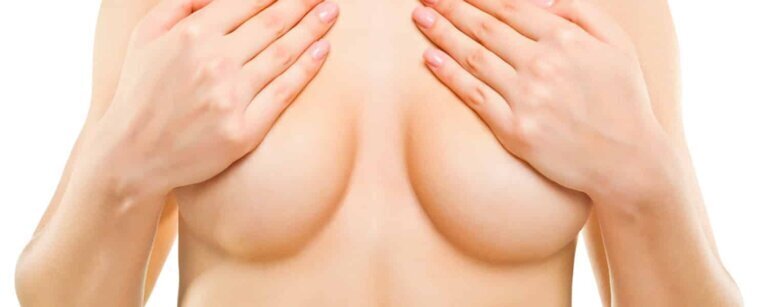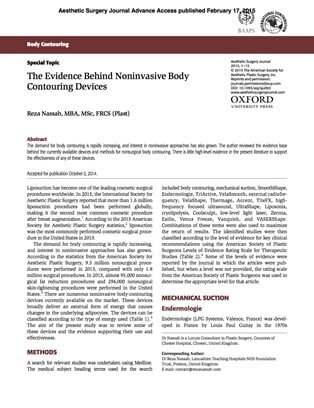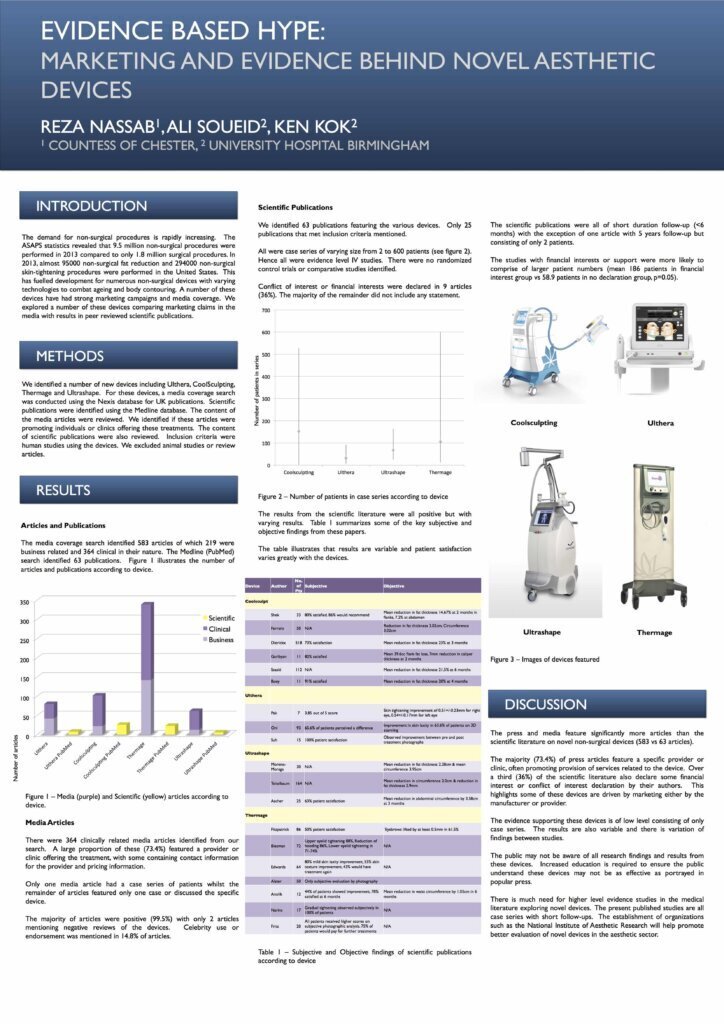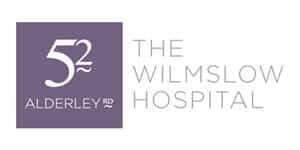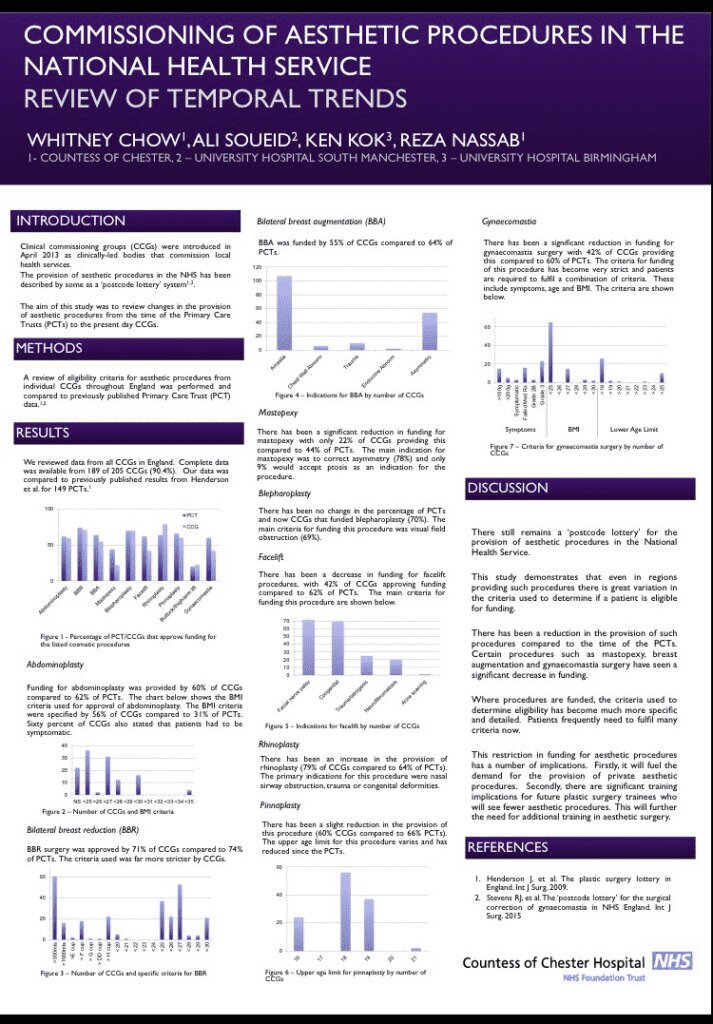I had the opportunity to visit the Polytech manufacturing plant in Germany. Despite having used breast implants for many years I was not aware how they were actually made.

The process of manufacturing was a lot more complicated than I had thought. Did you know that most of the process for making them is done by hand. It takes about 2 weeks to make each one. This factory was also able to make custom sizes for those that would like larger than the standard implants available.
There are multiple steps in making breast implants. The initial step involves production of a mold of the breast implant. The mold is then covered with silicone to form the shell of the breast implant. The shell can be covered with a variety of coatings or textures.



The sterile breast implants are then packaged into their boxes and prepared for delivery to users across the world. Some hospitals will store a bank of them for use when required whilst others will order in specifically for each case.

So this briefly summarizes the manufacturing process of implants. It is a lot more intricate and complex than I had ever imagined. It was surprising how much was undertaken by hand rather than machinery. It is important to know how these products are made and to see what measures are taken by manufacturers to ensure their products are of the highest quality. Patients should also know how much care and attention goes into making their implants. It was a very informative visit and to understand the technology and research that goes into the manufacturing process. There are regulatory controls that will hopefully prevent another PIP scandal.






